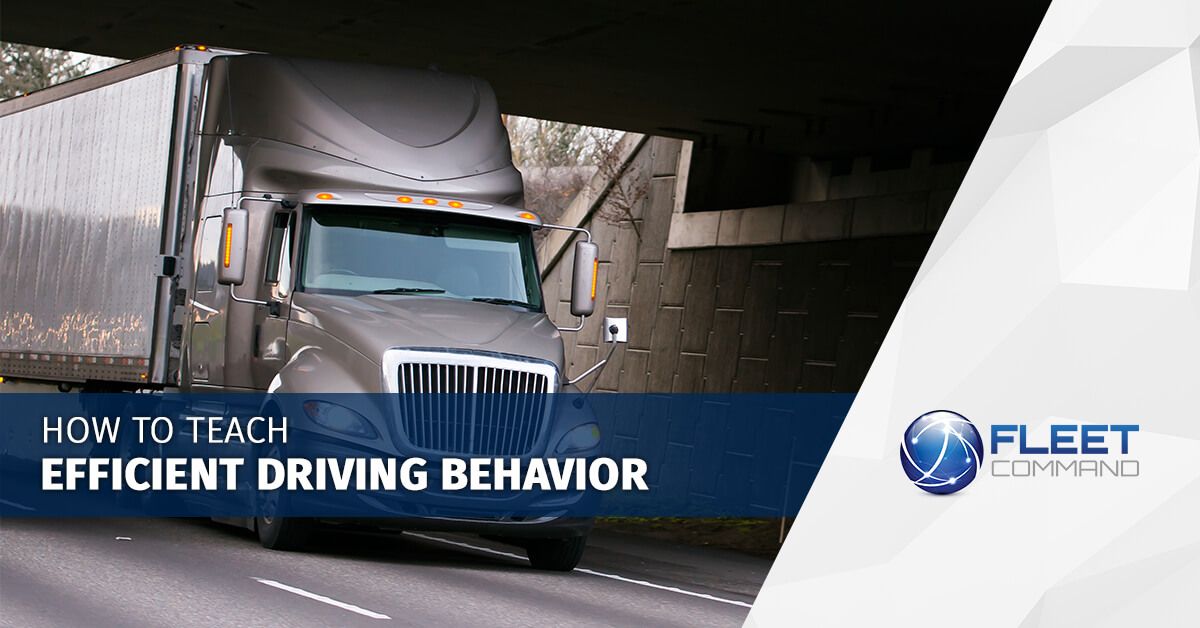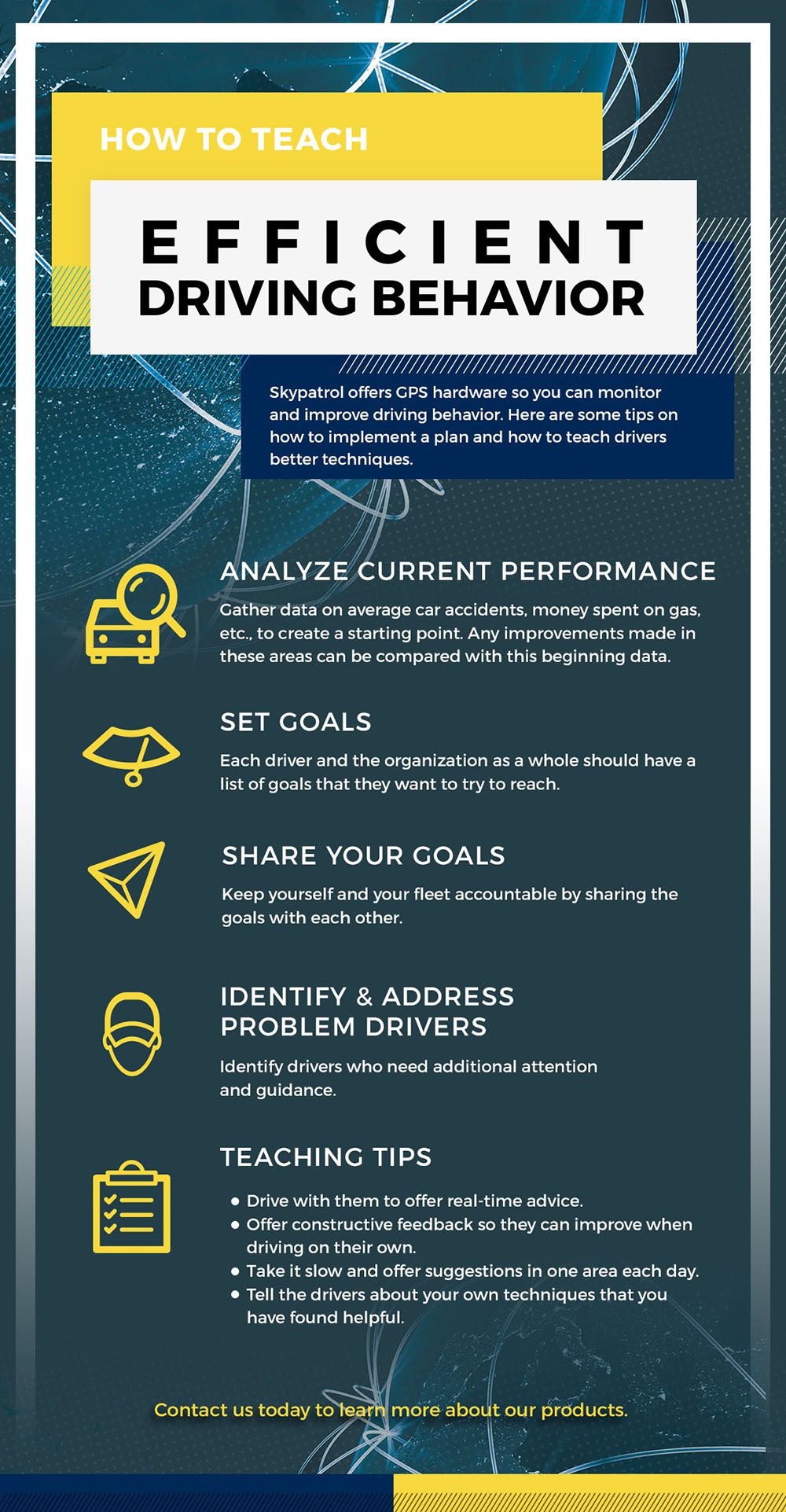With GPS tracking devices and hardware from Skypatrol, companies and fleet managers are able to monitor and track their driver’s behavior. We have written several blogs discussing the benefits of these capabilities, including cost savings, increased performance, and fewer liabilities. However, if you’re the owner of a fleet of vehicles and manage the drivers of those vehicles, how do you actually implement safer driving skills and behaviors? How do you teach someone who has probably been driving for most of their lives to driver better? Business owners and managers are most likely very good at what they do on a daily basis, but teaching necessary driving skills may not be in their playbook.
Here are some steps you can take to actually improve your driver’s behavior. If you have any questions about our GPS hardware and other devices, contact our team today. We’re more than happy to answer any questions and we also offer a range of support to ensure you get the most out of our products.



